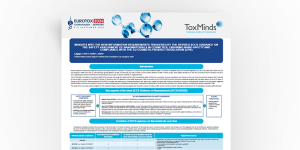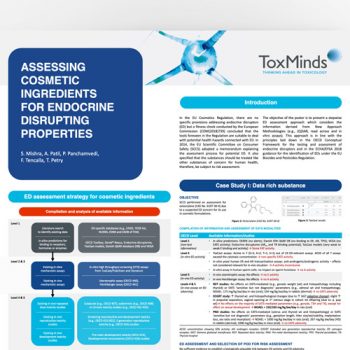New SCCS Guidance on Nanomaterials in Cosmetics: Ensuring Safety and EU CPR Compliance

Recent advances in Nanotechnology have opened new opportunities for innovation in cosmetics. In Europe, the use of Nanomaterials (NM) in cosmetics is regulated under the Cosmetic Regulation (EC) No 1223/2009 (CPR). When the CPR
was adopted in 2009, there was no internationally agreed definition of NM. Consequently, the CPR provided a sector-specific definition of NM in Article 2(1)(k), which slightly deviates from the first Commission Recommendation issued in
2011 regarding the particle size distribution thresholds and the concept of natural, incidental or engineered NM.
The EU Scientific Committee on Consumer Safety (SCCS) requires a thorough risk assessment for demonstrating the safety of NM uses in cosmetics. Its recommendations and criteria evolved over time, key elements being the 2017 checklist
for the use NM in cosmetics (SCCS/1588/17) and the 2nd revision of the SCCS guidance on the safety assessment of NM in cosmetics in 2023 (SCCS/1655/23) which should be considered alongside with the latest revision of the SCCS Notes of
Guidance (SCCS/1647/22). Revised guidance SCCS/1655/23 includes new sections (e.g., solubility/dissolution rate, aspect ratio, uptake into blood cells, endcorine disruption), provides a comprehensive overview of the key aspects triggering
potential safety concerns and a revision of section on read-across/grouping. It emphasises the importance of apprpriate characterisation of NM and the submission of a relevant data set considering the specific properties of NM.



